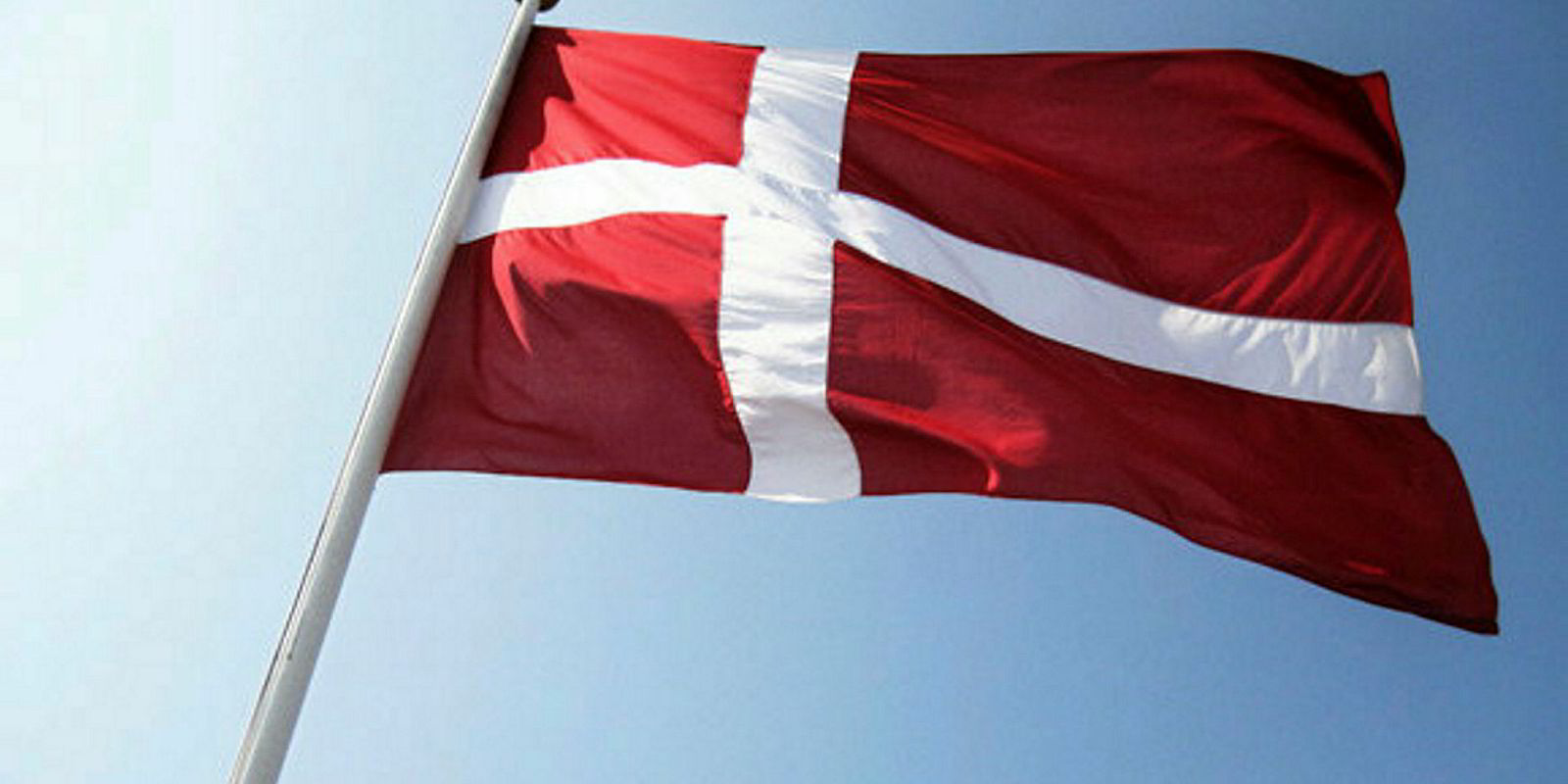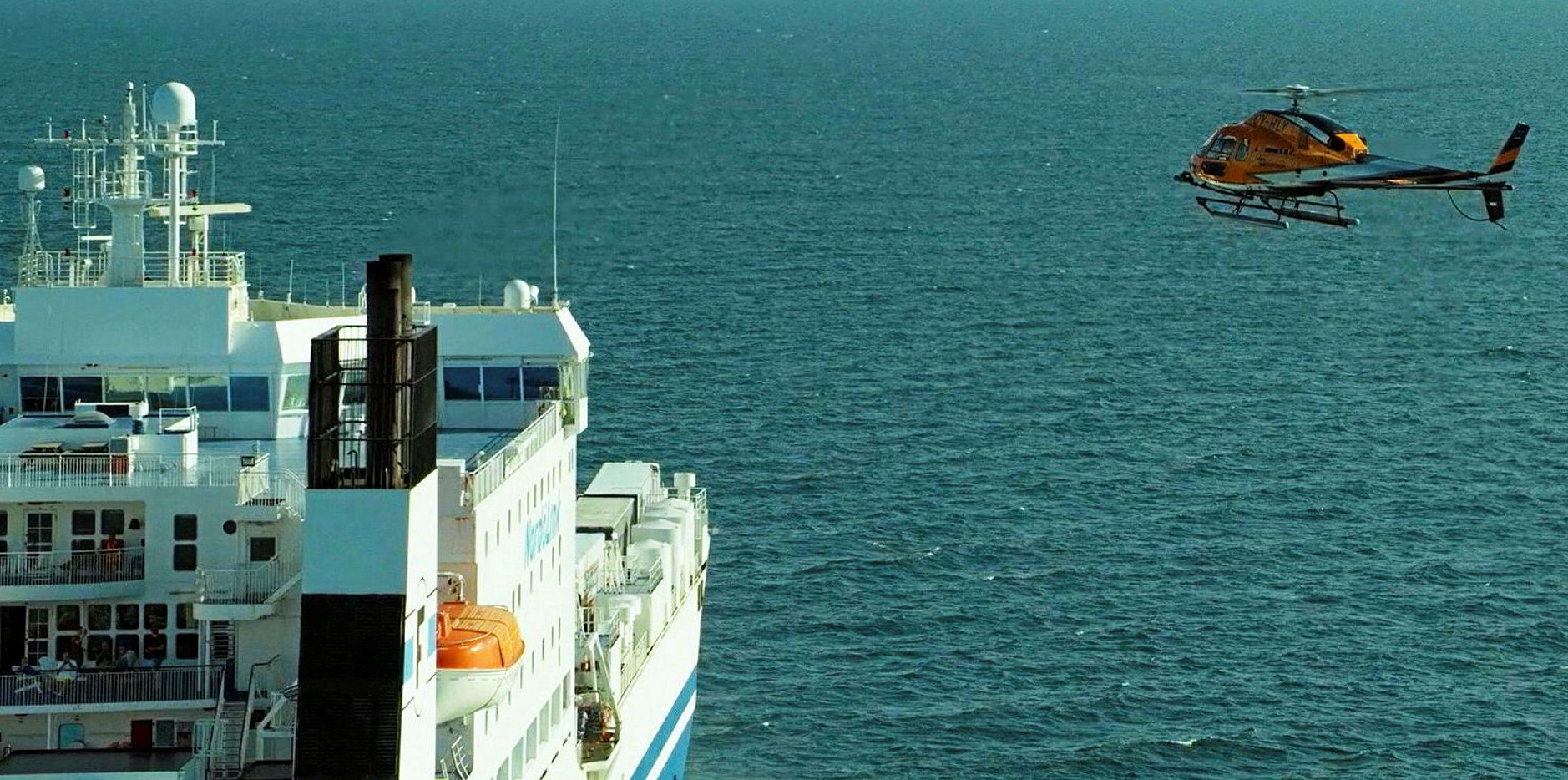Lithuania has become the latest country to look towards drones to monitor ship emissions along its 140-nautical-mile (262-km) Baltic Sea coast.
It has secured the drone from the European Maritime Safety Agency (EMSA)'s remotely piloted aircraft system (RPAS) for an initial three-month period.
Sensors on board the RPAS will measure the emissions from the exhaust plumes of vessels travelling in the main shipping lanes and when at anchor off the port of Klaipeda.
The sulphur content of marine fuel in this sulphur emission control area should be no greater than 0.1%.
The aircraft being used for this service, the Schiebel Camcopter S100, is under contract to EMSA via a consortium led by Nordic Unmanned.
The vertical take-off and landing drone is fitted with gas sensors and cameras covering optical and infrared spectral ranges to better detect vessel plumes and conduct maritime surveillance as required.
Live transmission
Information collected from the drone, such as sulphur concentration, images, flight trajectory and gas measurements, will be transmitted live and recorded at EMSA’s RPAS data centre.
The data centre is linked to THETIS-EU, a European database used by authorities in Europe responsible for ship inspections.
In addition to monitoring ship emissions, the drone will be used with other Lithuanian authorities, including the navy, maritime rescue coordination centres and fisheries control services, to conduct other types of maritime surveillance.
Drone services, offered free to all European Union member states by EMSA, have been developed to assist in ship emission monitoring and maritime surveillance operations, and can operate in all seas surrounding the EU.
“RPAS services can provide support to traditional coast guard functions, including search and rescue, and pollution prevention and response,” EMSA said.
France and Denmark have also been using the remotely piloted aircraft to support the monitoring of ship emissions.
Further expansion of drone use regionally is planned in 2021 and 2022.





